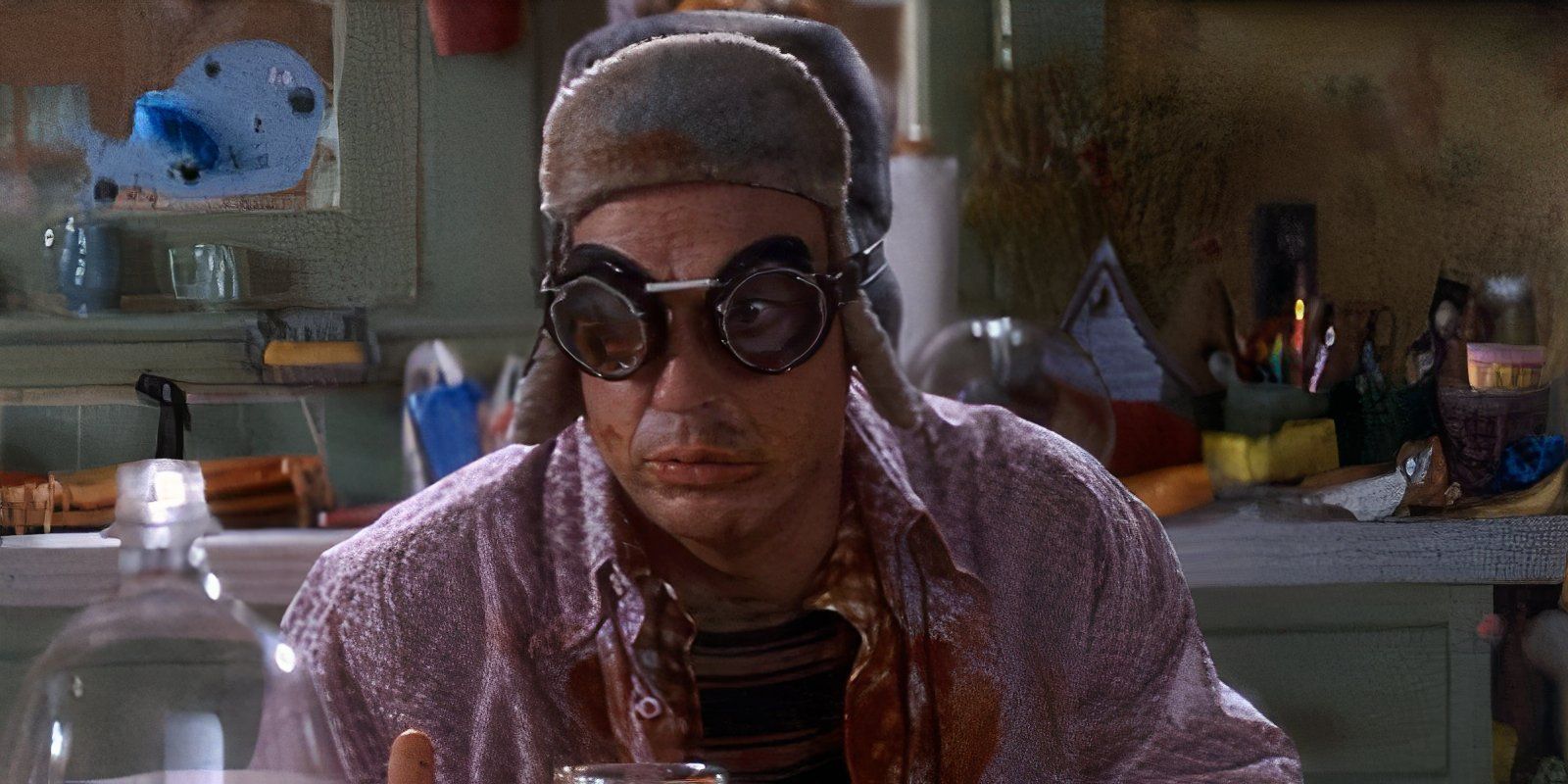
VFX artists break down Michael Keaton's scenes Multiplicitya 1996 sci-fi comedy directed by Harold Ramis, Multiplicity Tells the story of Keaton's Doug Kinney, a scientist who undergoes an experimental cloning procedure in order to more effectively balance his work and family obligations. The film, which also stars Andie MacDowell and Eugene Levy, was a box office failure, earning only $37 million worldwide on an estimated budget of $45 million, but it had some interesting visual effects sequences.
In a recent episode of their "VFX Artists React" YouTube series, the VFX artists at Corridor crew Take a look at select scenes from MultiplicityFound that the film employs some clever digital techniques to make it look like multiple versions of Keaton are interacting with each other. They begin with a scene in which one Keaton blows cigarette smoke into another Keaton's face, with host Niko Pueringer deducing that, since the movie was made before widely-available stock footage online, The smoke was captured as a separate element in the studio before being composed in the showH:
"Here's the thing: There wasn't stock footage back then that you could just buy online. It's all studio made for the movie, for the most part. Someone's probably in the studio, turn off all the lights, set up a Black ball and really shoot smoke at him."
They next look at a scene in which four Keatons are all in one shot, with Pueringer praising the scene for its rotoscoping work:
"I'll say, the edge, the roto edge between red-shirted Michael Keaton and button-up Michael Keaton. That's one very clean edge."
Finally, the Corridor Crew artists take a look at a scene in which one Keaton pours soda into a glass for another Keaton, who employs two different tricks to sell the effect. The first effect involves carefully cutting parts of Keaton's hand around the glass to blend two separate shots of him togetherwhile the other involves a "Quick exchange,” as the glass being filled is replaced with another already full glass just before Keaton picks it up.
What the impressive effects of Multiplicity mean for the film
The Keaton movie was criticized for its style over substance
Visual effects technology was obviously more limited and rudimentary back in 1996 than it is today, but the Corridor Crew analysis suggests that Ramis and the Multiplicity Crew used some clever tricks to make it look as if multiple Keatons were interacting in different shots. Unfortunately, the impressive effects did not help the kitten movie success with viewers.
Related
On Rotten tomatoes, Multiplicity Has a low 45% critics score and 49% audience score. One key criticism that pops up in some reviews is that The film is seemingly more focused on its visual effects than on telling a compelling story. While the effects may be convincing, the script is where the movie's problem lies. Considering Multiplicity Unable to break even at the box office, it's clear that style over substance isn't enough to get viewers to theaters.
Our visual effects of multiplicity
The combined power of Ramis & Keaton cannot save the film
Keaton is one of Hollywood's most reliably entertaining movie stars, however Multiplicity is proof that Even multiple versions of this charismatic actor can't save an underbaked story. Also the late Ramis as director of Caddyshack (1980) and Groundhog Day (1993), clearly knows how to sell comedy on screen, but the ingredients clearly just didn't come together for his 1996 effort. however, Multiplicity It remains a fun watch, and it's always impressive when effects that are nearly three decades old can stand the test of time.
Source: Corridor crew

